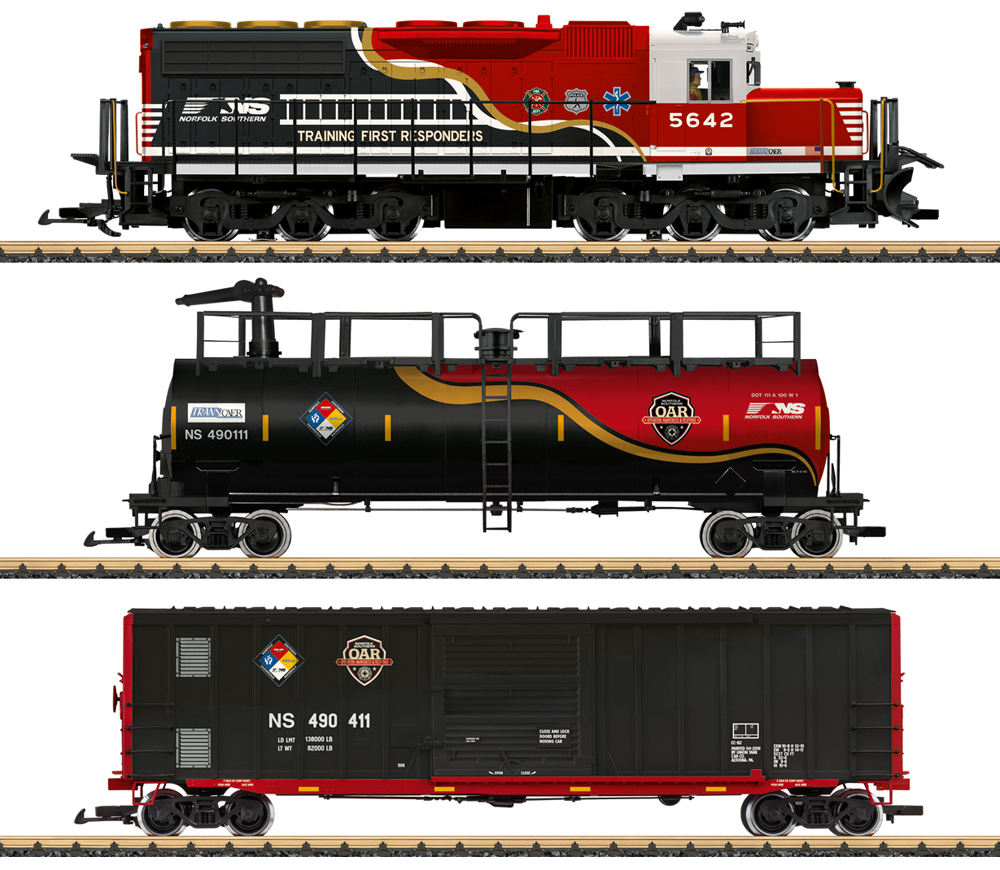
LGB Norfolk Southern Rescue Train Scale: 1:22.5 Price: $2,000 Manufacturer: LGB (Märklin, Inc.), 800-321-8811, lgb.com Features: Three-piece set includes diesel locomotive, tank car, and boxcar. Locomotive includes an mfx/Digital Command Control decoder with various light and sound functions and two Bühler motors. Running sounds also work in analog. Tank car can be filled with water […]
Read More…
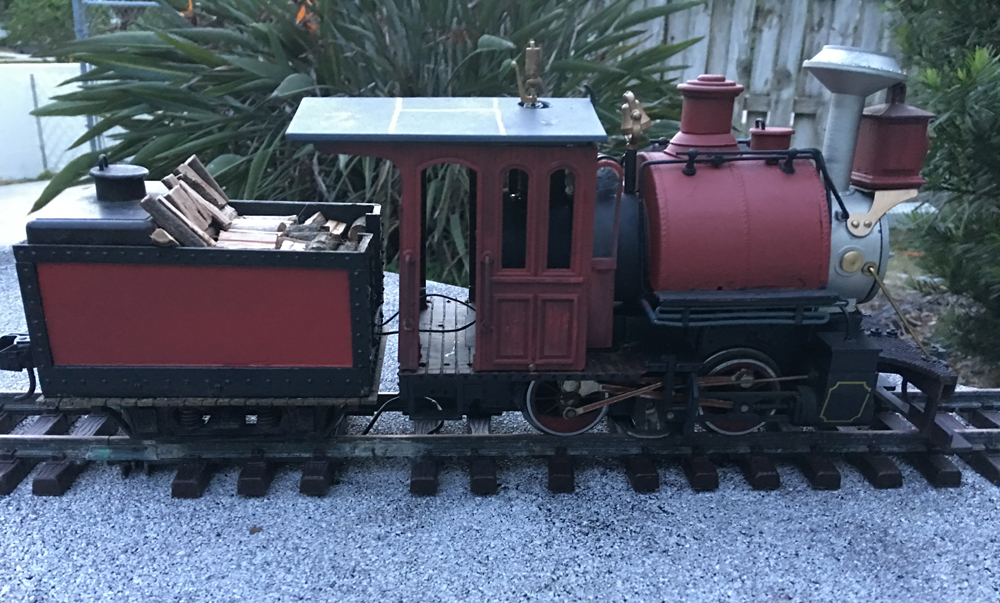
Kitbash a saddle tank engine: I uncovered an old Lionel large scale 0-6-0 with outside drive gears that I had kitbashed several years ago. It had a neat cab and unusual stack, which was a little bent due to a smoke unit overheating. The drive system was so poor that I had to undo one of the driver […]
Read More…
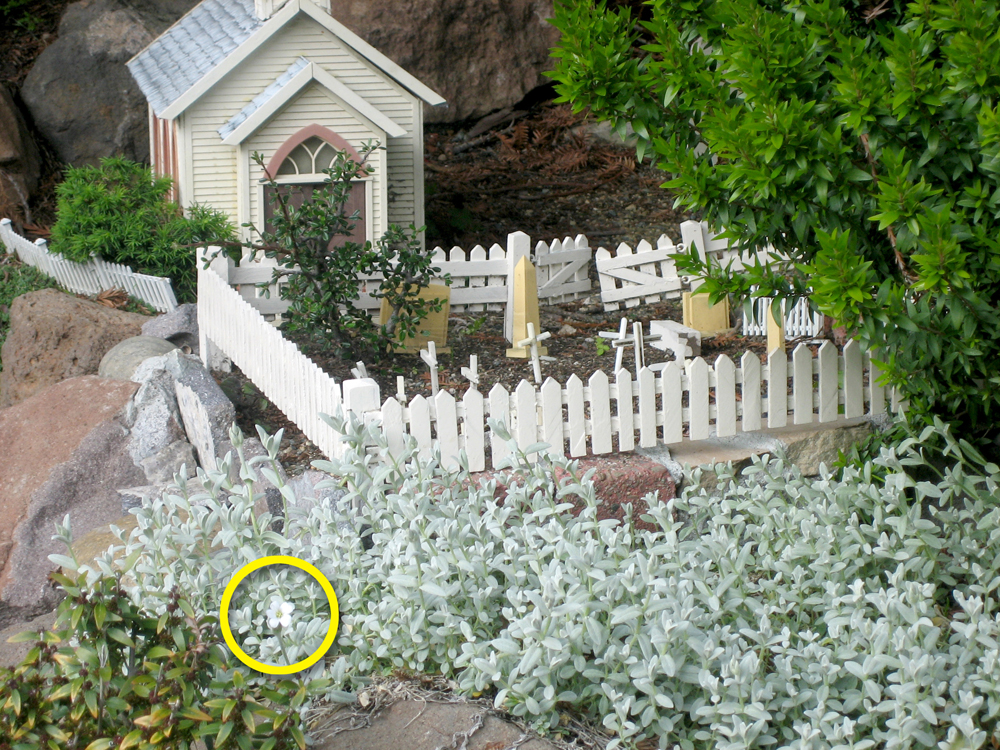
Common name: Snow-in-summer, Mouse ear, Silver carpet, Chickweed Latin name: Cerastium tomentosum Plant type: Groundcover Plant size: 6-8″ high by 1-2′ wide; can be invasive USDA Hardiness Zones: 3-10 (short-lived in Zones 8-10) Cultural needs: Full sun (light shade in hot Zones), well-drained, moderately rich soil, water well after soil dries somewhat Snow-in-summer is an […]
Read More…
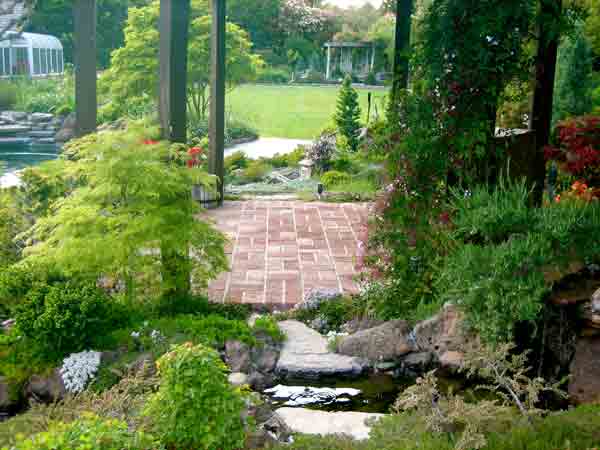
Get in and out of your garden railway: Isn’t it usually when guests are watching that things get stuck in inconvenient areas of the railway? When we can easily get into those remote regions, without crushing that umpteen-hour project, it’s pure joy. However, one size does not fit all when it comes to solving railway […]
Read More…
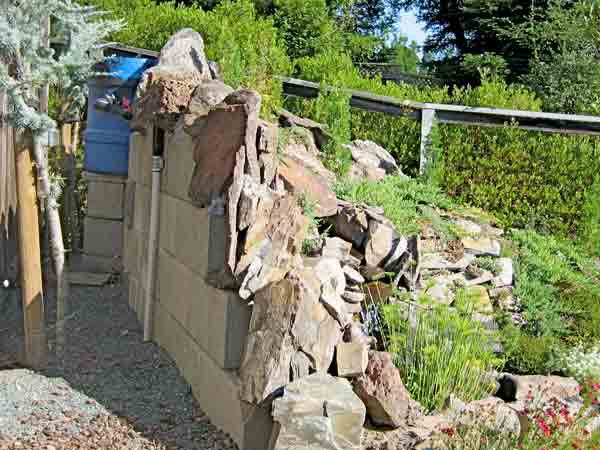
Create mountains in your garden railway: If you want to model a mountain in order to add some cool accoutrements, like cribbing, cog railways, or trams, the civil engineer in you needs to survey your yard and figure out where best to place it. Would you like the mountain far away so it won’t block […]
Read More…
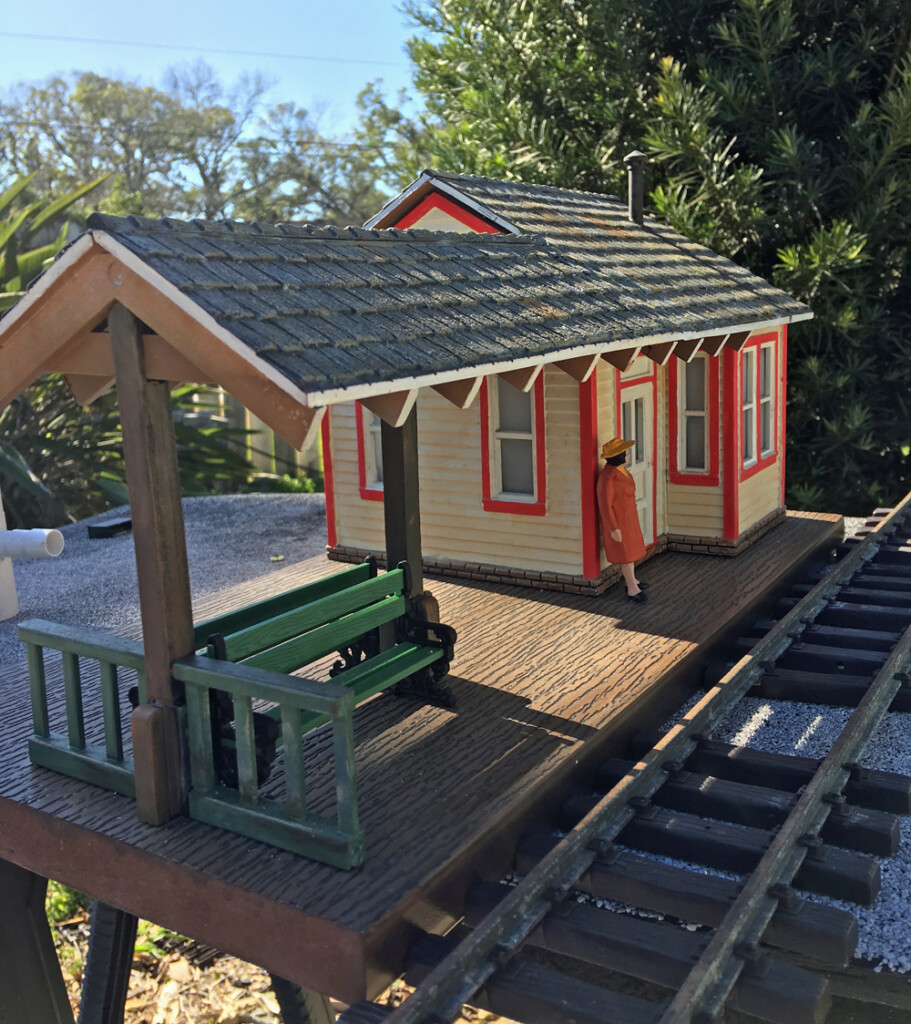
While we may no longer be printing Garden Railways magazine, we’re adding new content to Trains.com every week! Here’s a few recent items, and a preview of what’s coming in the next month. Become a Trains.com member so you don’t miss any of this great content! If you have a story suggestion, email editor@gardenrailways.com U.S. […]
Read More…
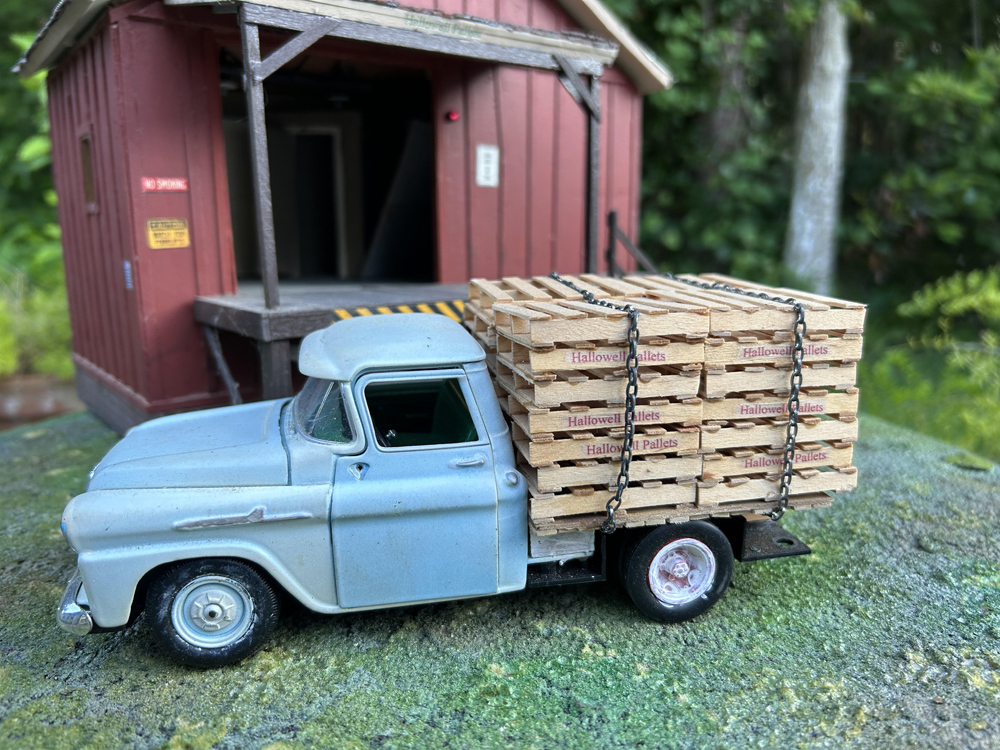
Modify die-cast vehicles for large scale: Most modelers use 1:24 scale die cast cars and trucks out of the box on their railroads, and there is nothing wrong with that. The models are well made and painted in real life colors. I have more than 100 of them that I haven’t changed. But sometimes, it’s […]
Read More…
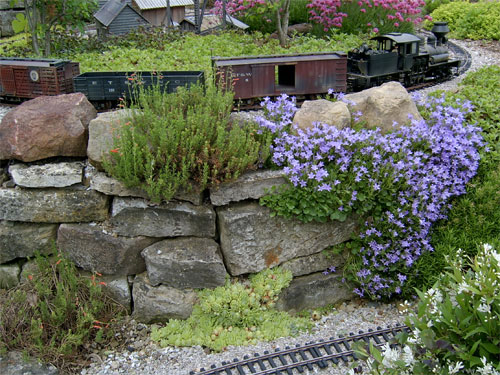
Do you need a beginner’s guide to rock-garden plants? Plants that are typically suited to rocky places are tough characters. Understanding their characteristics will help you select plants for the railroad garden that will work well in the crevices of rocks, creeping along cliffs, or draped down rock faces. They often come from mountainous origins […]
Read More…
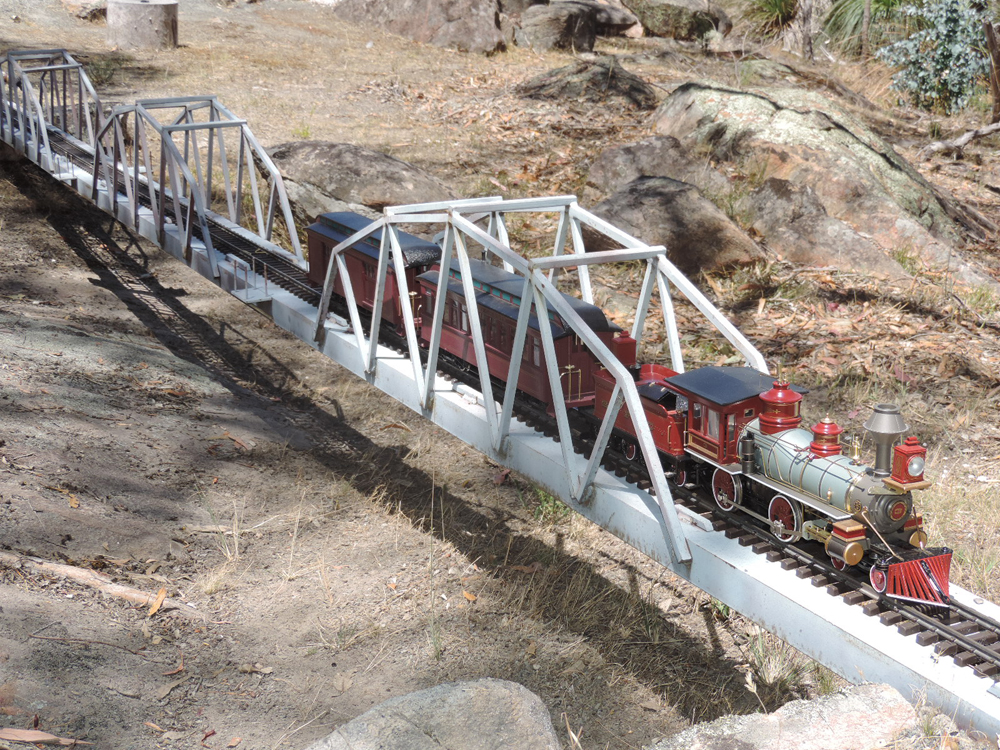
Garden railroad in Australia: I have been a model railroader in both N and HO scale, and then I discovered large scale. My other pastime is the sport of Cowboy Action Shooting, so I knew my theme would be the Wild West. Space was limited on my inner-city block, so I set up a basic […]
Read More…
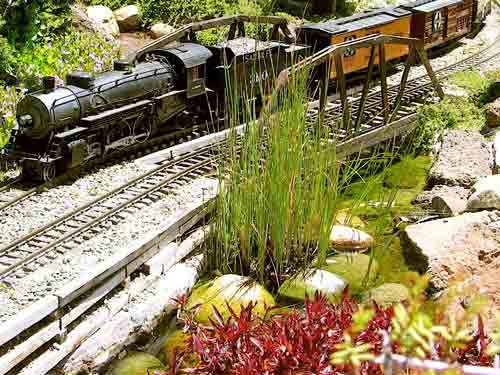
Water plants for the garden railway Ah, summer! It’s hot enough for iced tea and watermelon. You’re sitting by your little pond, enjoying the rhythmic chimes of rushing water from your railway’s beautiful falls. Through the haze your eyes rest on a serene lake; you’re imagining that anticipated fishing trip. Mountains reflected in cool, clear […]
Read More…
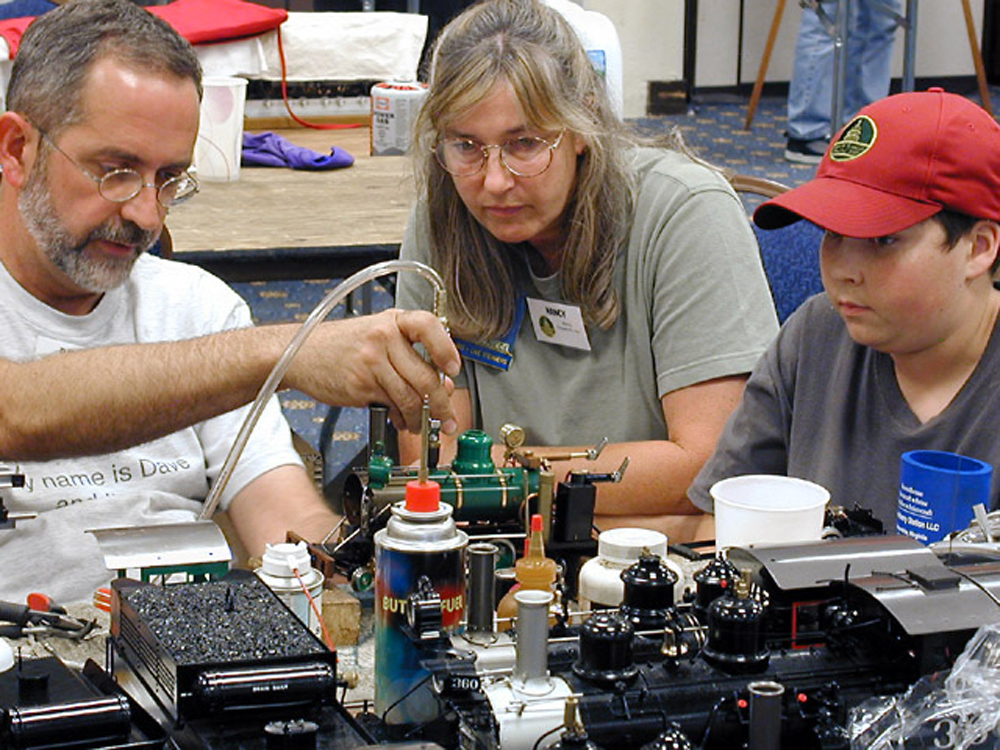
What are some of your favorite parts of the hobby? Community is the best part of this hobby. I’ve been active in three California clubs, and now, in New England, I’m helping out with Massachusetts, New Hampshire, and Maine garden railways. In 2007, after 10 years helping northern Californians build garden railways through my business, […]
Read More…
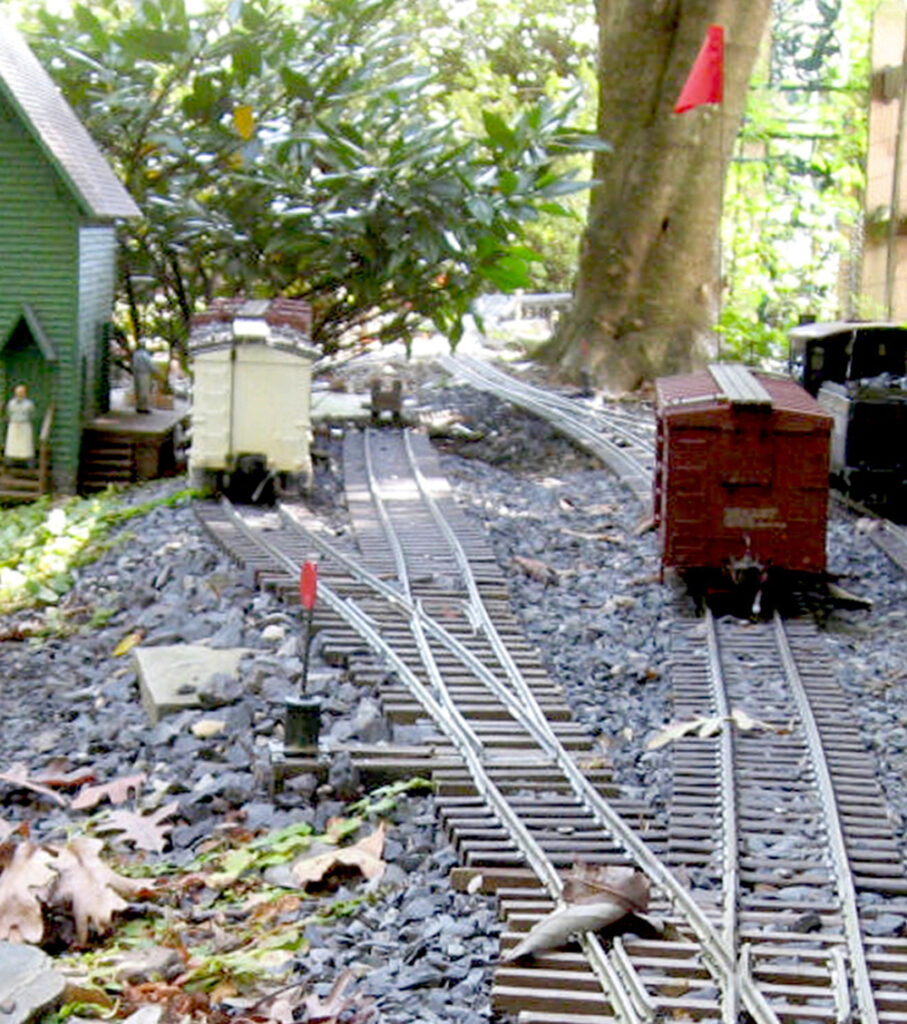
Tips for your right-of-way Easy tunnel liner When building tunnels, making a solid interior structure to maintain the tunnel’s structural integrity may be a challenge to those who may not know where to start. An old mailbox makes a perfect shell for a tunnel—just remove the flag, door, and end, and install it. The size […]
Read More…












